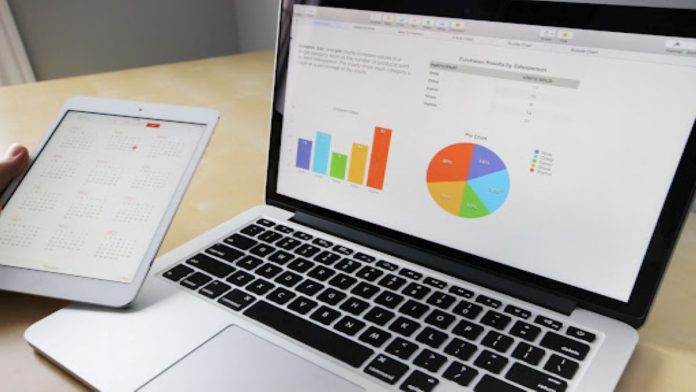The primary goal of any data visualization should be to communicate information in an engaging and easily comprehensible way. However, some visualizations succeed in doing this, while others fail miserably. With do’s and don’ts, you can master the art of data visualization and avoid these mistakes when creating your visualizations or when interpreting other people’s work.
Read on to learn how to tell the right stories through your data visualization do’s and don’ts.
1. Do ask questions
The best way to come up with ideas for visualizations is to think of questions you want to answer. Once you have a question in mind, you can start brainstorming ways to visualize the data that will help you answer that question.
Asking questions is also a great way to get feedback on your visualizations. If you need to figure out how clear or effective your visualization is, showing it to someone and asking them what they think can be very helpful.
2. Do tell a story
A good story will capture the attention of your audience and make them want to learn more. There are a few things to remember when crafting your visualization story.
First, make sure your data is clear and easy to understand. Secondly, focus on creating a narrative that flows logically from beginning to end. And lastly, don’t be afraid to add some personality to your work. After all, people are more likely to remember a story that’s interesting and fun.
3. Do know your audience
As a data analyst, it’s your job to create visualizations that effectively communicate the findings of your analysis to your audience. To do this, you need to have a good understanding of who your audience is and what they want to see.
Think about the kind of information your audience is looking for. What would be the most helpful for them to see? Or what would be the most engaging way to present this information? Keep these questions in mind as you design your visualizations.
4. Don’t overlap elements
Overlapping elements can be confusing for viewers and make it difficult to understand the data being presented. Additionally, this can give the false impression of relationships between data points that don’t exist. To avoid these problems, take care to arrange your visualizations in a way that clearly shows all the relevant information without any overlap.
5. Don’t forget about labels
It’s easy to get caught up in the design process and overlook the importance of labels. But without labels, your audience won’t be able to understand what they’re looking at.
Here are a few tips for adding labels to your visualizations:
- Make sure the font is legible. You want your audience to be able to read the labels easily.
- Use contrasting colors. This will help make the labels stand out from the rest of the visualization.
- Keep it simple. Don’t try to fit too much information into the label. Just include the most important details.
By following these tips, you can ensure your labels are effective and informative. So don’t forget about them when you’re creating your next visualization!
Make Your Data Work for You
When creating data visualizations, it’s important to keep in mind what will make the visualization engaging and informative. These two goals don’t always align, but finding a balance between the two is essential for effective visualization.
So what are you waiting for? Make your data work for you by following the guidelines outlined in this article. In time, you can create visualizations that are both informative and visually appealing.








